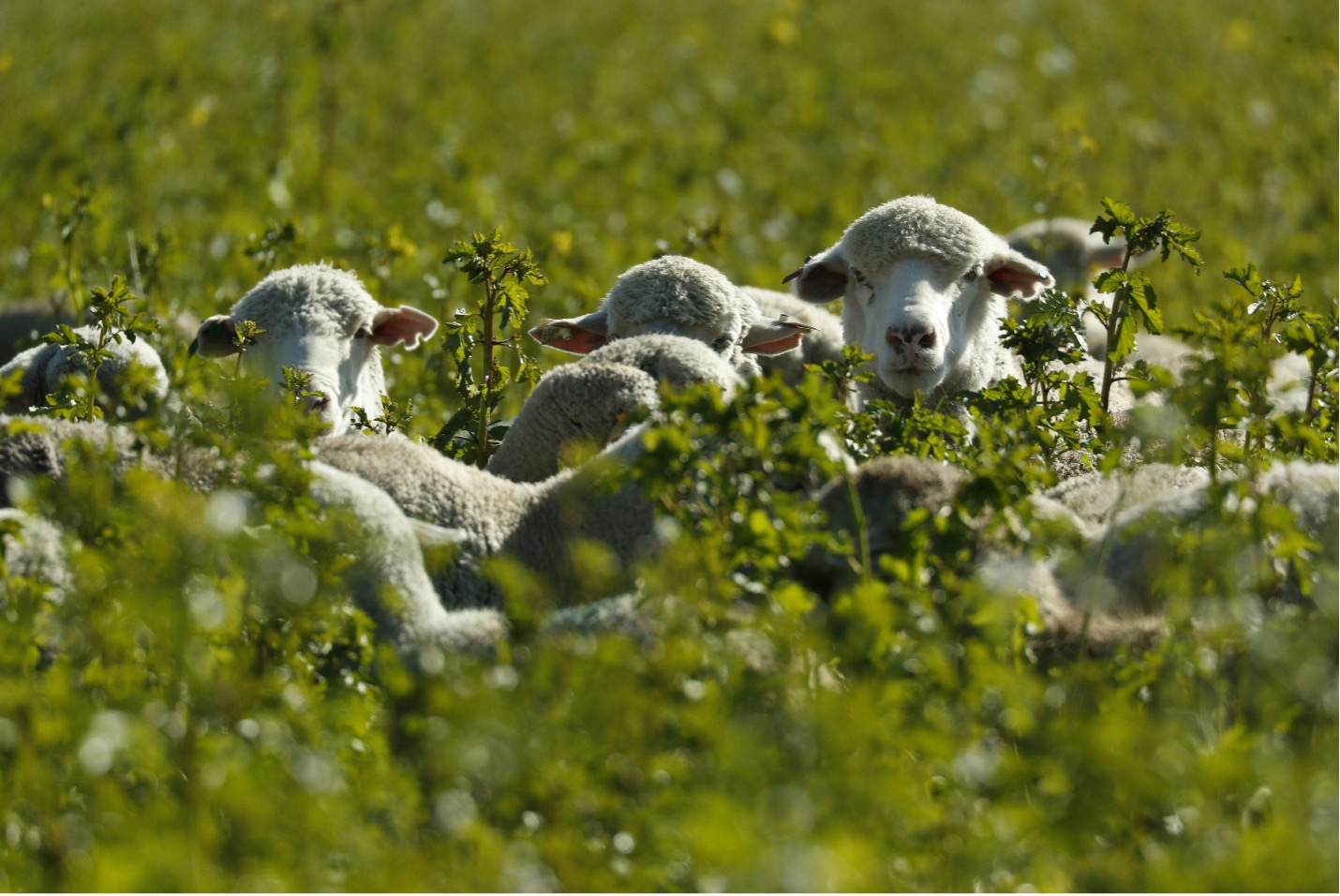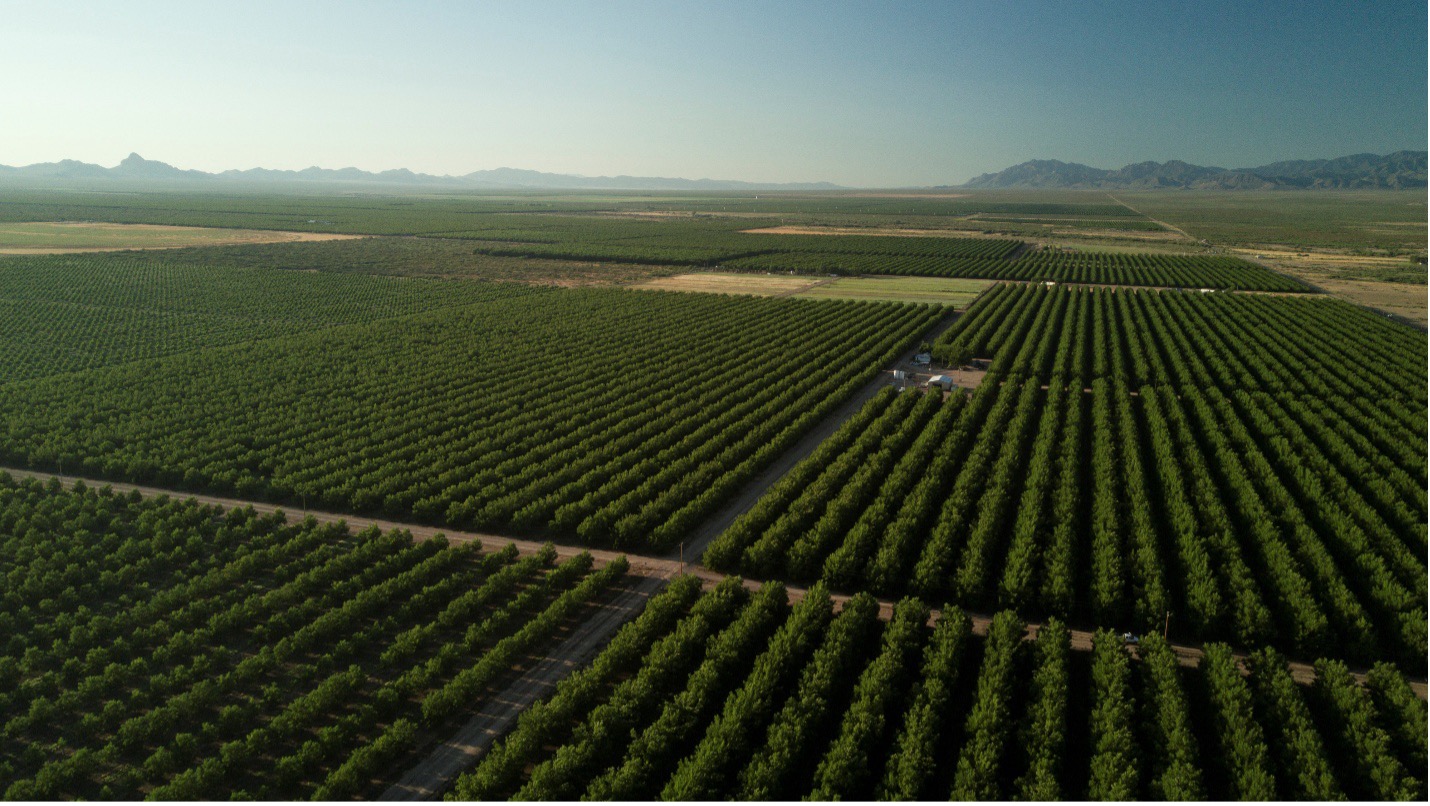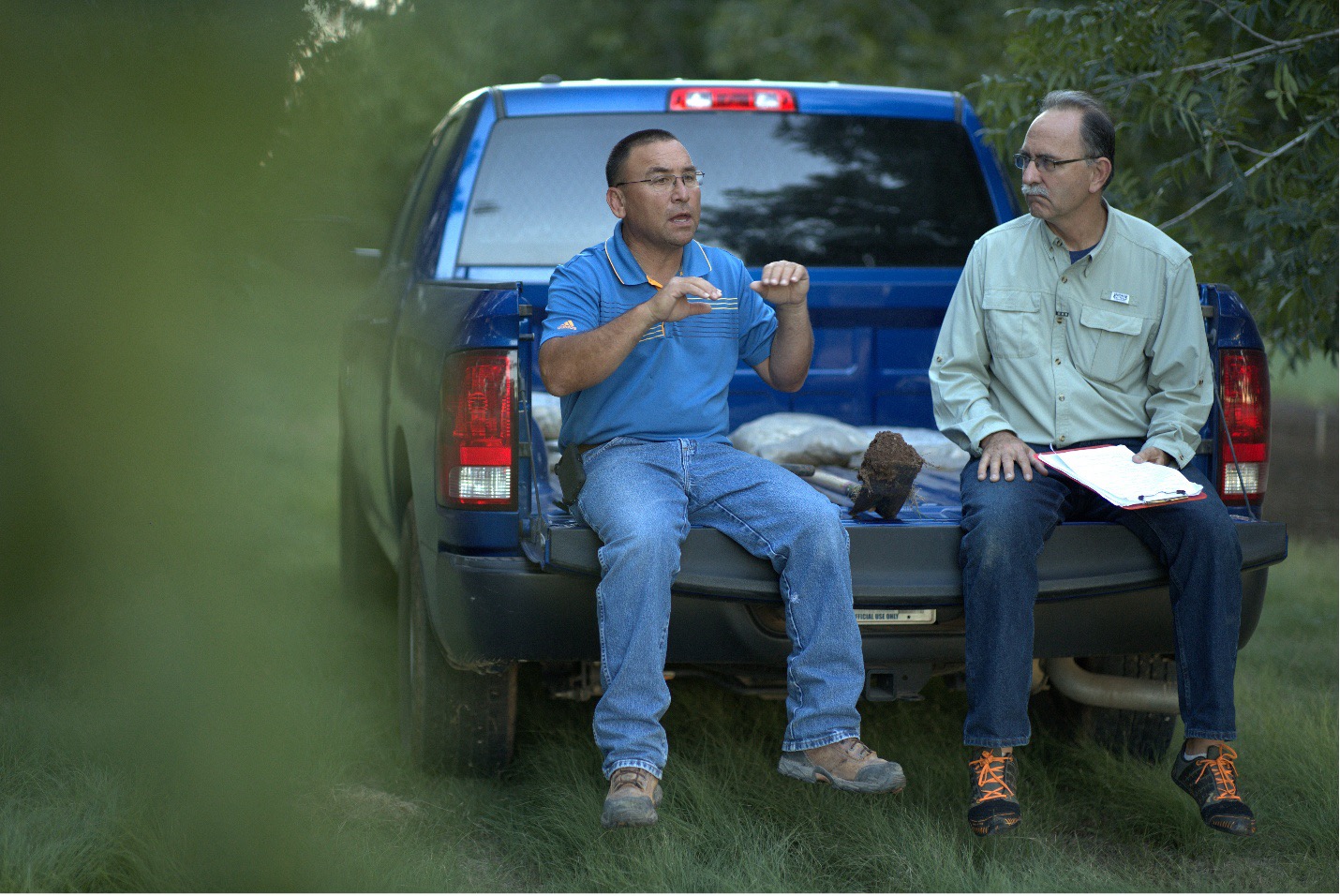Revitalizing Soil in South Carolina: The Jacksons' Journey with Cover Crops


Don Jackson and his son, Patrick, are cattle grazers on the edge of Laurens County, South Carolina. They had recently purchased a tract of land adjoining their property that had overcropped, overgrazed soil. At that point, he found out about the local initiative with University of South Carolina’s Department of Public Health that supports farmers to implement cover crops. Since this land was so exhausted by traditional techniques, he took a chance on this regenerative approach. Don first implemented oats, crimson clover, and rye as cool-season covers to begin to build back the soil quality.

But the Jacksons needed to approach cover crops a little differently. When doing research, Don kept finding cover crop guidance for row croppers, but the Jacksons are cattle grazers, not row-croppers. When he first tried cover cropping with the same approach as a row cropper, they smothered his perennials. So, he backtracked, and adapted.
“I want a cover crop that I can use to build my soil and as a forage, and that's all the cover crops I'll use,” says Don. “Now I have learned to cut my seeding rate down because I have perennials and I don't want to smother them.”

There are many benefits of using cover crops to build soil health, but the application of this tool varies operation to operation. When considering what cover crops to implement as forage, grazers must consider a number of relevant questions, such as: what class of cattle do you have? What are your soil types and associated drainage capabilities? What is the fencing situation? To Don, cover cropping is striking a balance between building his soil and not overloading it.
Moving forward, Don intends to experiment with planting native grasses on a few acres of the land’s upper end. On the rest of the land, he intends to work with Patrick to determine the right cover crop forage for grazing.








